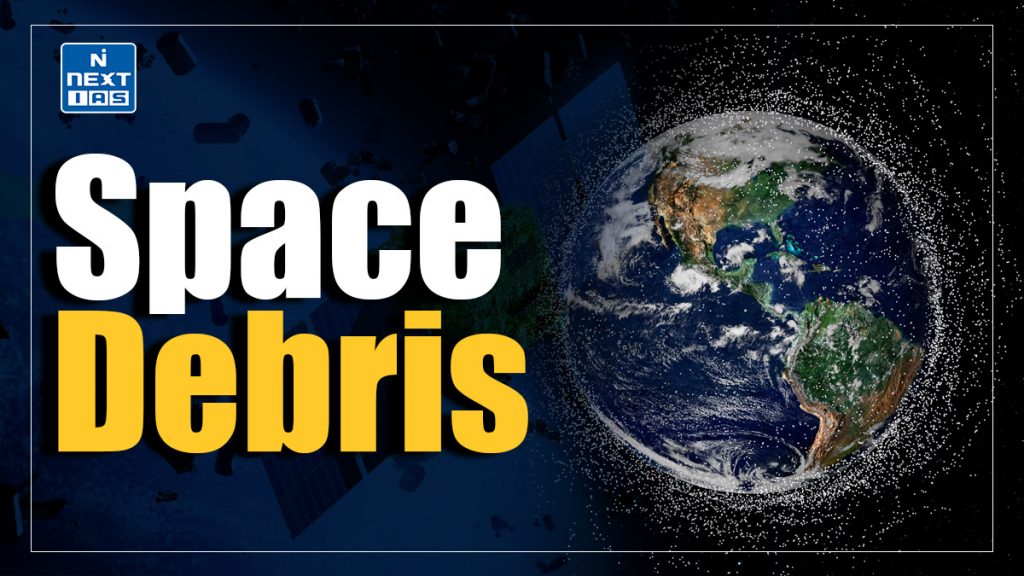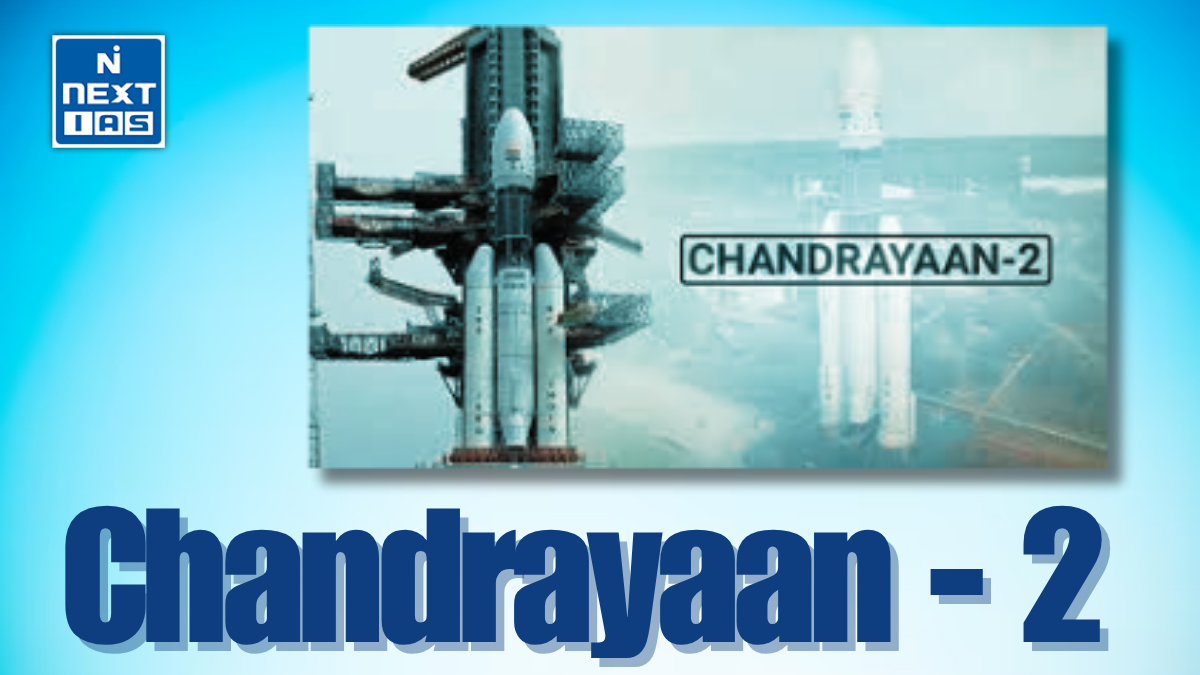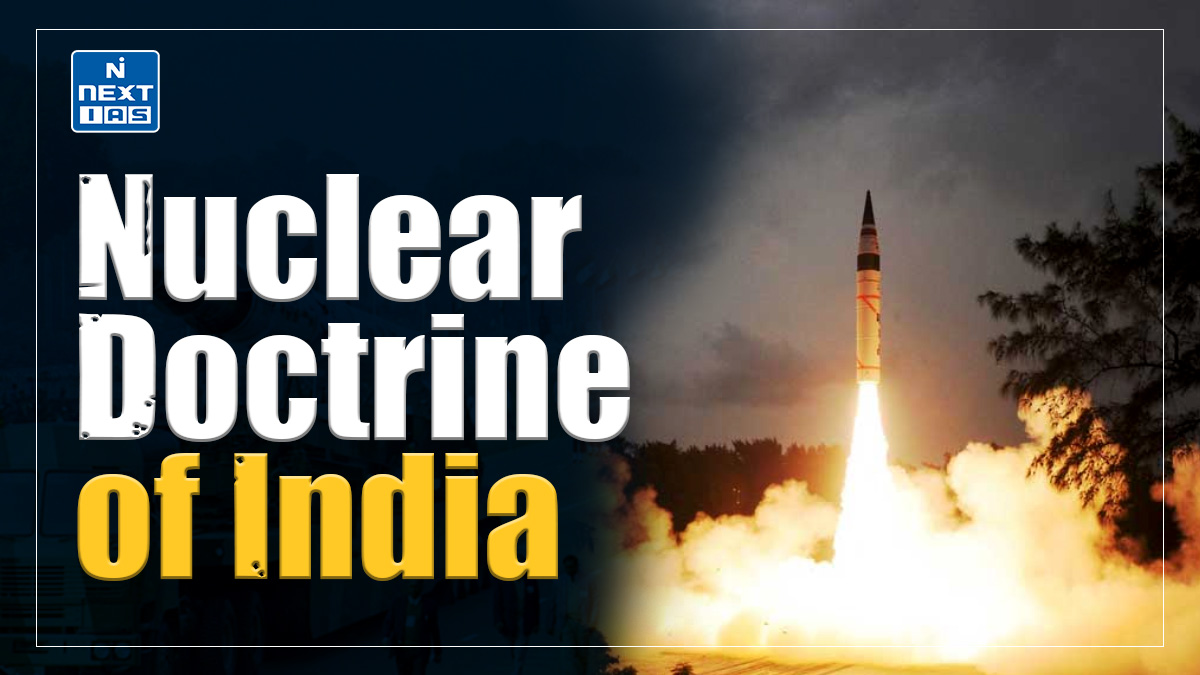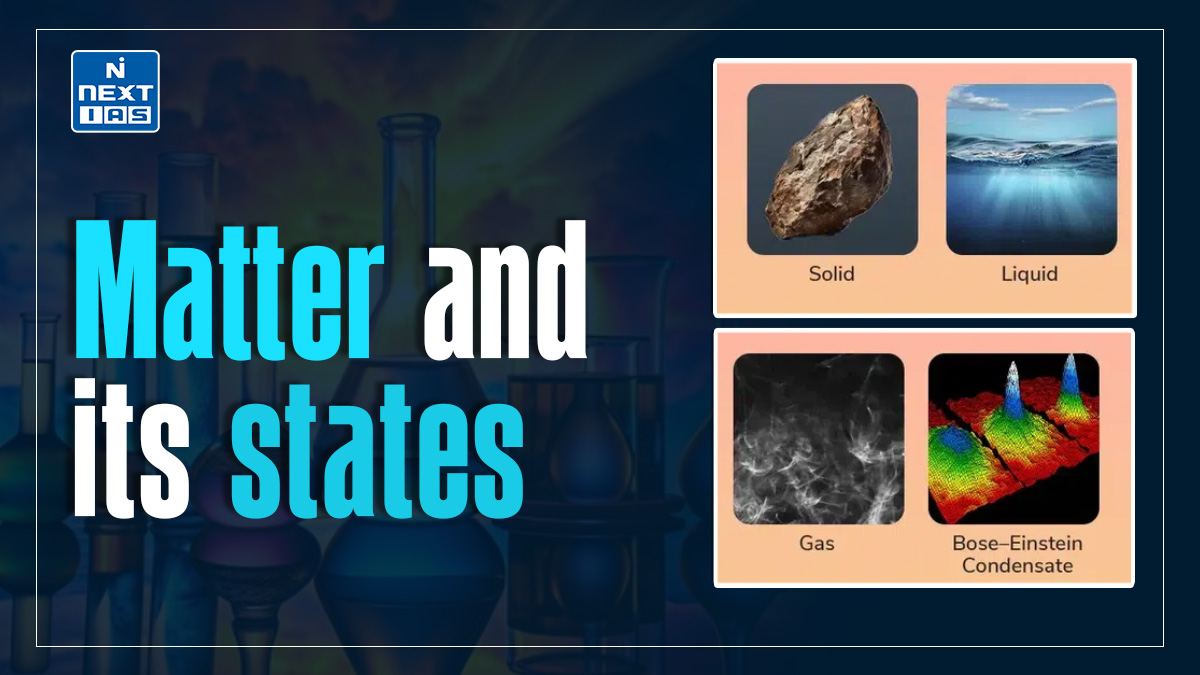
Space debris, also known as space junk, consists of defunct satellites, spent rocket stages, and fragments from collisions orbiting Earth. This growing accumulation poses significant threats to active spacecraft and future missions, as collisions can create even more debris, leading to a cascading effect known as the Kessler Syndrome. This article aims to study Space Debris.
What is Space Debris?
Space debris encompasses both natural meteoroid and artificial (human-made) orbital debris. Meteoroids are in orbit about the sun, while most artificial debris is in orbit about the Earth (hence the term “orbital” debris). Orbital debris is any human-made object in orbit about the Earth that no longer serves a useful function. Such debris includes non-functional spacecraft, abandoned launch vehicle stages, mission-related debris, and fragmentation debris.
Causes for Space Debris
The primary causes of space debris include:
- Defunct Satellites: Decommissioned satellites left in orbit contribute to debris when they become uncontrollable or collide with other objects.
- Rocket Stages: Expended rocket parts, including upper stages, remain in orbit after delivering payloads, adding to debris.
- Explosions and Collisions: Fuel residue or batteries in old spacecraft can explode, while accidental or intentional collisions create fragments.
- Anti-Satellite (ASAT) Tests: Military ASAT tests intentionally destroy satellites, creating thousands of fragments.
- Fragmentation from Micrometeoroid Impacts: Small impacts can chip off fragments from spacecraft, adding to the small-debris population.
Managing and mitigating these sources is essential to reduce the growing risk of space debris.
Threats from Space Debris
Space debris poses several significant threats:
- Collision Risk: Debris traveling at high speeds (up to 28,000 km/h) can severely damage or destroy operational satellites, space stations, and spacecraft, endangering missions and astronauts.
- Kessler Syndrome: Collisions between debris can create a cascading effect, generating even more debris and potentially making certain orbits unusable for future missions.
- Impact on Communication and Navigation: Damage to satellites can disrupt global communications, GPS, weather forecasting, and other essential services.
- Cost and Safety Risks for Space Missions: Increased debris complicates space mission planning, requiring additional fuel and resources for debris-avoidance maneuvers, thus raising costs.
- Environmental Hazard: Debris re-entering the atmosphere can pose a threat if large fragments survive re-entry, potentially impacting populated areas on Earth.
Addressing these threats is crucial to ensuring the sustainability and safety of space activities.
What are the Challenges in Tackling Space Activities?
Tackling space debris presents numerous challenges:
- Technical Limitations: Tracking, predicting, and removing debris, especially small fragments, is difficult and requires advanced technology.
- High Costs: Developing and deploying debris removal technologies and collision avoidance systems involves substantial financial investment.
- International Coordination: Space debris affects all nations, but effective management requires global collaboration, which can be hampered by political and regulatory differences.
- Legal and Liability Issues: There’s limited international legislation for debris management, and assigning responsibility for cleanup and collision liability remains complex.
- Increased Space Traffic: Growing private sector involvement and new mega-constellations add to the congestion, complicating space traffic management and increasing the likelihood of collisions.
- Long-Term Sustainability: Implementing policies to ensure future sustainability of space activities requires balancing growth in space exploration with proactive debris mitigation.
Overcoming these challenges is essential for the sustainable use of space.
Initiatives Taken to Tackle The Problem
Though there is currently no binding international legal rule which prohibits the creation of space debris. But following missions are related to removal of space debris:
- Committee on the Peaceful Uses of Outer Space (COPUOS): It was set up by the General Assembly in 1959 to govern the exploration and use of space for the benefit of all humanity: for peace, security and development.
- The Committee was tasked with reviewing international cooperation in peaceful uses of outer space, studying space-related activities that could be undertaken by the United Nations, encouraging space research programmes, and studying legal problems arising from the exploration of outer space.
- Inter-Agency Space Debris Coordination Committee: It is an international governmental forum for the worldwide coordination of activities related to the issues of man-made and natural debris in space. The primary purposes of the IADC are to exchange information on space debris research activities between member space agencies, to facilitate opportunities for cooperation in space debris research, to review the progress of ongoing cooperative activities, and to identify debris mitigation options.
- NORAD: North American Aerospace Defense Command, is an initiative of the U.S. and Canada that shares selective debris data with many countries.
- ClearSpace-1 Mission: ClearSpace-1 will be the first space mission to remove an item of debris from orbit, planned for launch in 2025. It is being held in partnership between the European Space Agency and the Swiss Startup Clear Space. The objective of ClearSpace-1 Mission is to remove one large object from the Earth’s orbit. In this a “chaser” with its four robotic arms will grab the leftover of 2013 craft known as VESPA (Vega Secondary Payload Adapter) and drag it down to Earth’s atmosphere where both will burn up.
- ELSA-d Mission: The End-of-Life Services by Astroscale-demonstration (ELSA-d) mission is to demonstrate the core technologies necessary for space debris docking and removal, a major step towards expanding on-orbit services and achieving Astroscale’s vision of safe and sustainable space for the benefit of future generations.
- Space X Starship: The passenger carrying spacecraft once ready can collect and de-orbit space junk apart as well.
- RemoveDEBRIS: It was a satellite research project intending to demonstrate various space debris removal technologies. The mission was led by the Surrey Space Centre and the European Commission with other partners.
- NEO-01: It is a low Earth orbit robot prototype developed by China-based space mining start-up ‘Origin Space’. It is aimed to observe small celestial bodies in deep space and to experiment with a novel approach to clearing up space debris.
- It will use a large net to capture debris left behind by other spacecraft and after collection it will burn them using its electric propulsion system. Electric Propulsion(EP) is a class of space propulsion. This propulsion will make use of electrical power to accelerate a propellant. These technologies generate electrical energy either from a solar source or from a nuclear source.
Initiatives Taken by ISRO
- ISRO has set up a Directorate of Space Situational Awareness and Management (SSAM) aiming at protecting high valued space assets from space debris close approaches and collisions. ISRO also laid foundation stone for Space Situational Awareness Control Centre.
- The Control Centre would facilitate the intensified activities foreseen for SSAM, in view of increasing debris population and operational space assets. The control centre would host a range of activities pertaining to protection of Indian Space assets from inactive satellites, pieces of orbiting objects, near earth asteroids and adverse space weather conditions.
- It would assimilate the tracking data of inactive satellites from indigenous observation facilities and generates useful information from bare observations through analysis. For sustainable use of space, the control centre would enable research activities pertaining to active debris removal, space debris modelling and mitigation.
- NEtwork for space object TRacking and Analysis (NETRA) project:
- Indian Space Research Organisation (ISRO) initiated ‘Project NETRA’ is an early warning system in space to detect debris and other hazards to Indian satellites.
- Netra’s key objectives are to monitor, track and protect the national space assets and function as a hub of all Space Situational Awareness (SSA) activities. Only the US, Russia and Europe have similar facilities in place to track space objects and share collision warnings.
Way Forward
A sustainable approach to space debris involves international collaboration on debris management, stricter regulations for satellite de-orbiting, and investment in debris removal technologies. Encouraging responsible practices, enhancing tracking systems, and fostering innovation in collision avoidance can help mitigate risks, ensuring safer, long-term access to space for all.
Conclusion
Addressing space debris is crucial for the safe, sustainable future of space exploration and satellite operations. Effective management requires global cooperation, advanced technology, and clear regulations. By prioritizing debris mitigation and removal, we can protect critical space infrastructure and ensure continued access to valuable orbits for future generations.
Frequently Asked Questions (FAQs)
What is the ISRO initiative for space debris?
ISRO’s initiative for space debris management focuses on developing technologies to track and mitigate space junk. The agency is working on debris removal techniques, including using robotic arms and lasers, to reduce collision risks. ISRO also participates in global efforts to ensure the sustainable use of space.
What is the mission of India to remove space debris?
India’s mission to remove space debris is focused on developing technologies for debris tracking, monitoring, and removal. ISRO has been researching methods like using robotic arms, lasers, and small satellites to capture and deorbit space junk, aiming to ensure the safety and sustainability of space activities for future generations.
Who is responsible for space debris?
Responsibility for space debris lies with spacefaring nations and organizations like ISRO, NASA, and ESA. These entities are accountable for preventing, tracking, and mitigating debris generated by satellite launches, collisions, and decommissioned spacecraft. International collaboration and guidelines, such as the UN’s “Space Debris Mitigation Guidelines,” are also crucial.
What is the 25 year rule for space debris?
The 25-year rule for space debris refers to a guideline recommended by the United Nations and space agencies like NASA. It stipulates that satellites or other space objects should be deorbited or moved to a “graveyard orbit” within 25 years after their mission ends to prevent long-term space debris accumulation.






